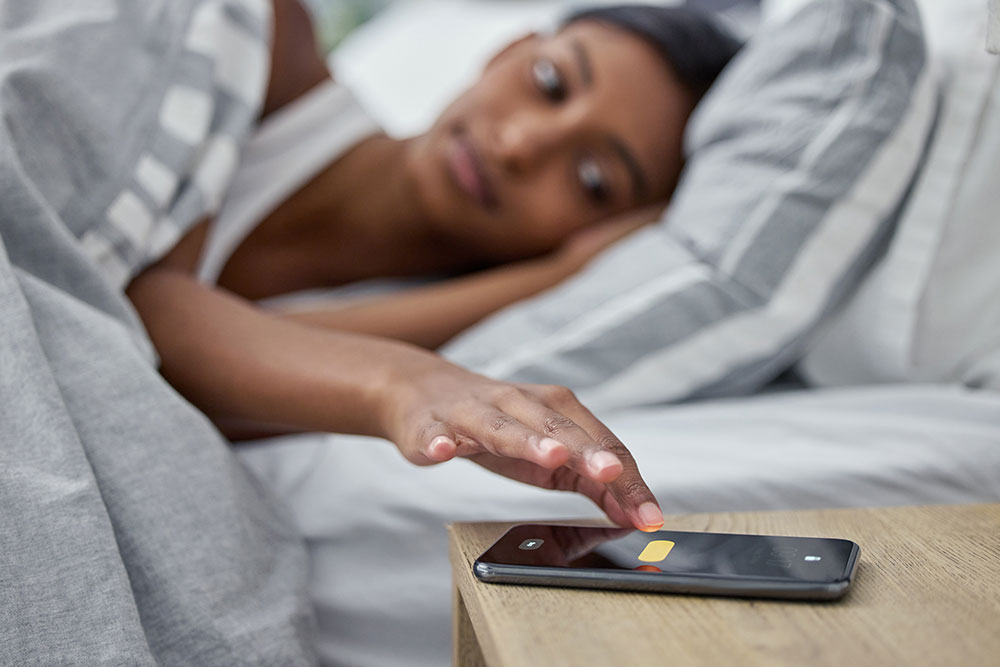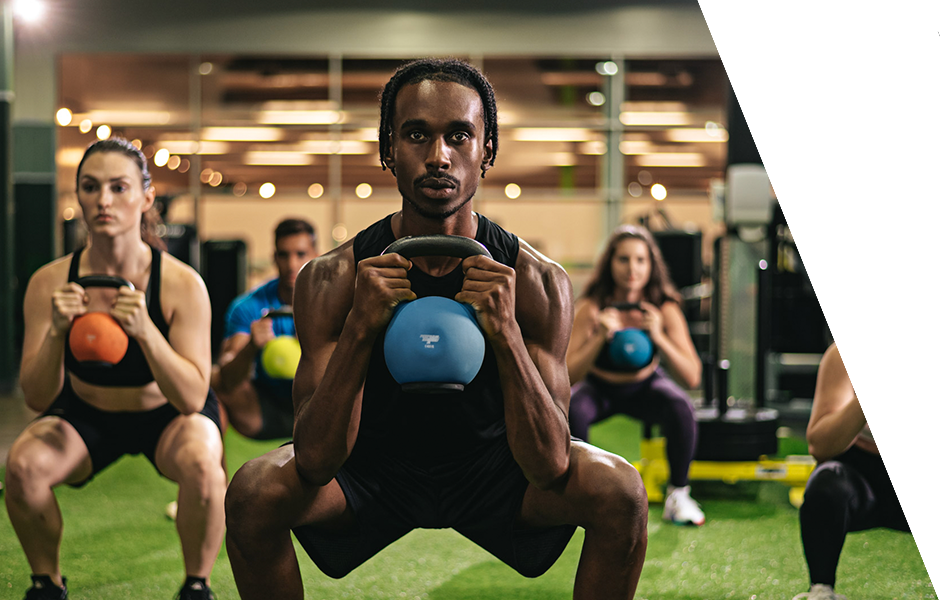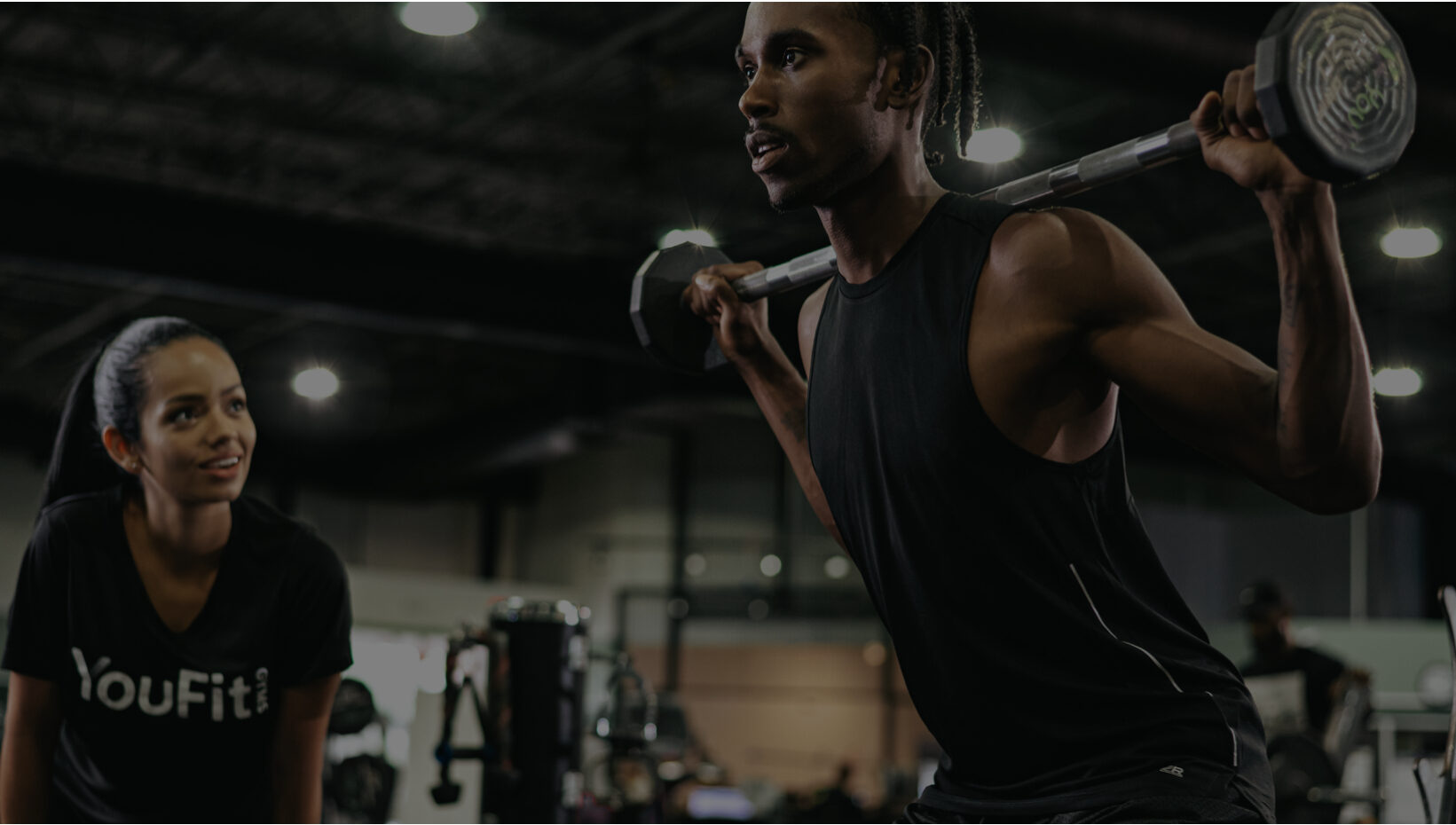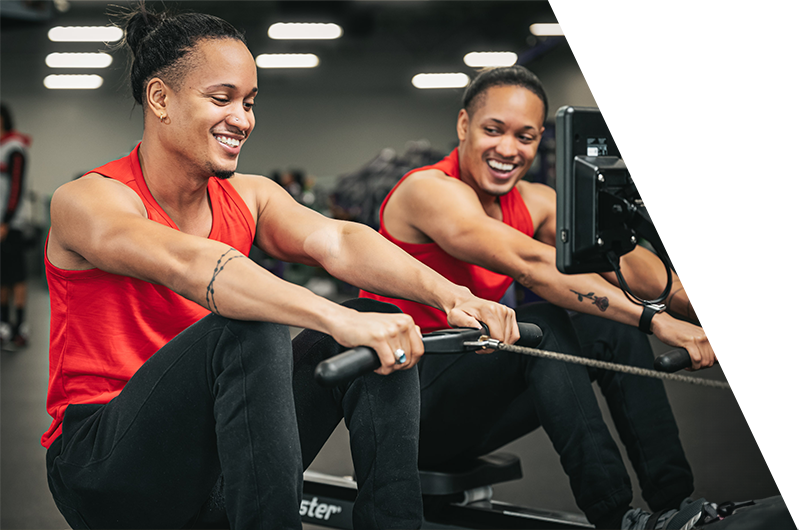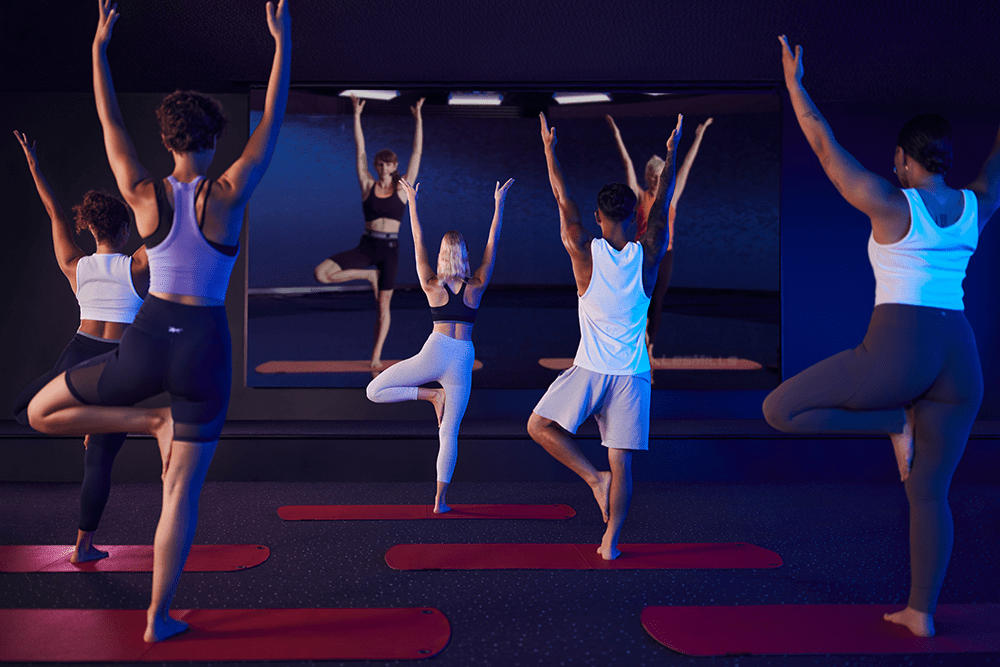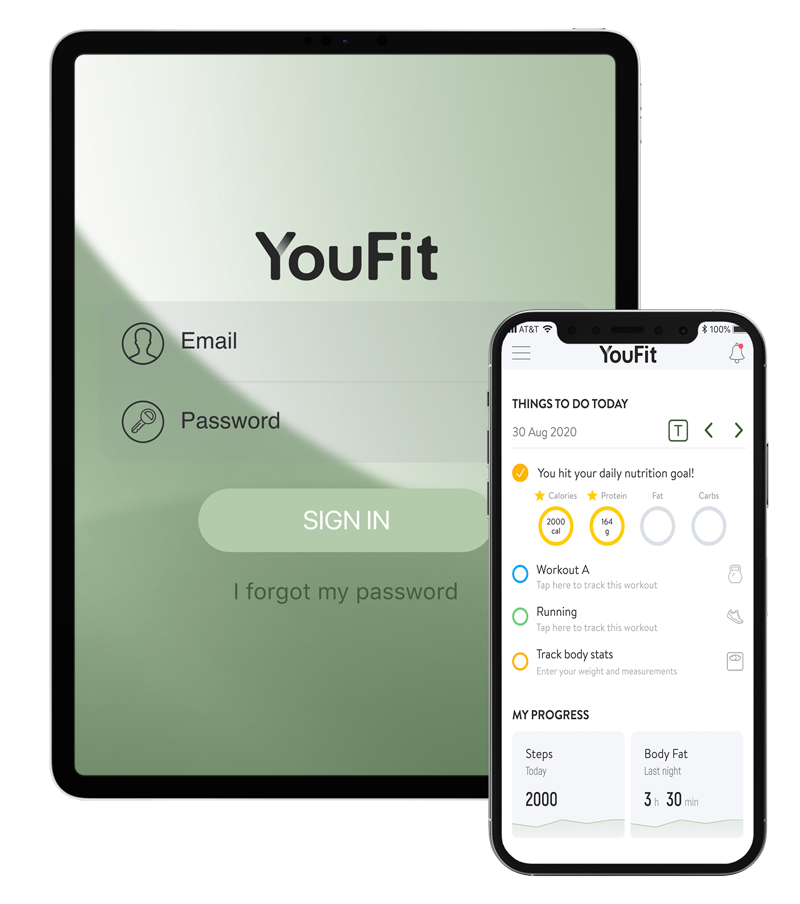Nick Patma is a proud personal trainer for YouFit Gyms. We invited him today to discuss recovery for older adults — and give some tips and hints on how to make it count!
What Is “Workout Recovery”?
What is recovery, in the context of a workout routine? Tell us what recovery is, and what role it plays in a workout. Why is recovery an important part of the routine?
Trainer Nick: To generalize, recovery is the amount of time after a workout that your body is able to heal, recover and adapt to the physical stresses it might have experienced.
Our bodies can only handle so much.
We want to give the body time to help with muscle repair and growth. See, anytime you feel soreness, that means there’s a micro tear in the muscle. That’s how we gain strength. So our body needs that time to repair itself and rebuild, to get stronger and perhaps a little bigger, depending on your specific goals.
Recovery helps with energy restoration, too: the body needs time to replenish its glycogen systems, which get depleted during intense exercise. Fluid balance is part of it: rehydration in recovery, to replace what we sweat out. And hormone balance! Cortisol and testosterone have to return to normal levels during recovery. There are a lot of reasons for and benefits to paying special attention to this phase of your workout.
Recommended Recovery Activities
What should you be doing on a recovery day?
Trainer Nick: In most cases, something very light: just a stroll around the park for 30 minutes. But if you want to get a little bit more active, you may. Just find something you enjoy that still allows your body to move. It could be gardening, a faster walk in the park or around the mall, biking, a little dancing…
Something that allows your body to move around, but not too intensely.
Recovery Tips and Hints
Do you have some recovery tips? What should you be doing? What should you not be doing?
Trainer Nick: Number one is taking advantage of those rest days, because they allow your body to recover and rebuild. Even if you feel the need to push yourself, still remember to take advantage of rest days. You can only push yourself so long before you experience burnout.
And we want to be sure also that you tell us if you experience pain — we always differentiate between uncomfortable soreness and actual pain. I might say, “Does it feel more like a knife stabbing? Like a burning, stabbing sensation? That’s pain.”
We show members ways to avoid feeling beat up or super sore the next day, but real pain is something you want to avoid.
Within the next couple of days, too, most people experience what’s called DOMS: Delayed Onset Muscle Soreness. Especially for those who are just starting, it’s going to feel like you got hit by a truck! But there are so many ways to help yourself recover.
[Three-Day Pass]
And finally, be sure to use nutrition’s help in that workout recovery process. You cannot out-train a bad diet, especially when it comes to recovery. Make sure you get enough protein to help with muscle growth and promote that muscle repair — not to mention dehydration.
And finally, making sure we’re adequately hydrated for muscle recovery helps with performance too!
Thanks, Trainer Nick! A great lesson on the importance of workout recovery, especially as we grow older, in keeping the body strong and pain-free.

